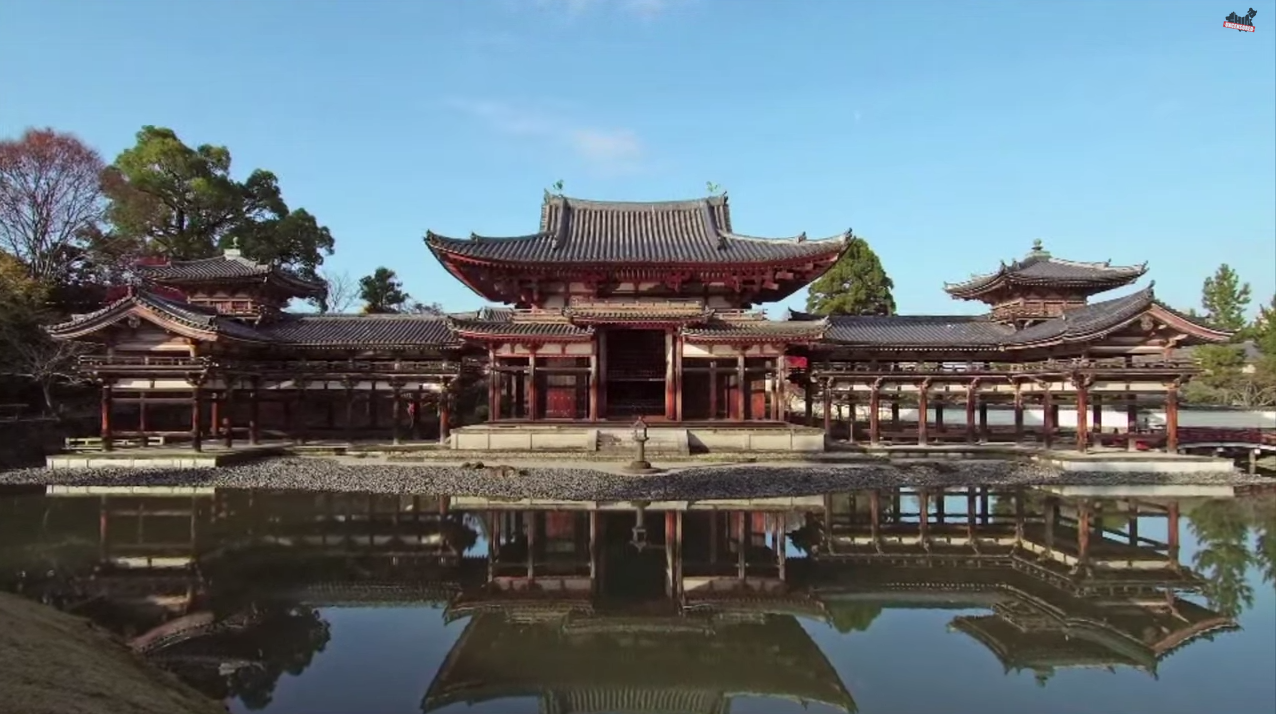
One of the beautiful aspects of Japanese culture is the dichotomy between, yet the harmony of, modern technology and steadfast tradition. On one hand they create things like smart toothbrushes and virtual girlfriends, yet their hundreds-of-years-old temples and homes are cherished and preserved, as are many of their age-old customs. Structures such as the Kiyomizu Temple in Kyoto and Todai-ji in Nara have stood for hundreds of years thanks to more than just preservation, however; it’s at least partly down to the careful craftsmanship that went into them to begin with.
Traditional Japanese carpentry is not just a trade, it’s also an art and a science. Carpenters are able to build tables, houses, even great temples, without the use of a single nail, screw or other metal hardware− giving it strength and durability. China Uncensored, a web series devoted to bringing serious issues about the Chinese Communist Party to light in a parodical style, took a break from their communist offerings to show a video about Japanese carpentry from an unaired show called Journey to the East. In the 25-minute video we learn about the art and its place in the modern day, specifically modern-day New York, thanks to a traditional craftsman named Hisao Hanafusa.
▼ Head carpenter Hasao Hanafusa is continuing the tradition of Japanese woodworking.
The video follows Mr. Hanafusa, his shop Miya Shoji in New York City, and some of his customers. Although the shop specializes in furniture, as opposed to buildings, the philosophy and process is much the same. Mr. Hanafusa emphasizes that Japanese carpentry isn’t about using nature to work for you when making products, but instead working with nature to accomplish your goal. This is seen in simple ways, such as keeping the natural curves of the tree for aesthetic purposes, to more complicated and philosophical ways, such as using the wood from the bottom of trees for the bottom of structures to keep the order of nature and also to prevent warping, which could occur because “trees don’t grow upside down.” Traditional carpenters don’t see the wood they use as dead trees, but as trees given a second life, a life that is visible through the expansion and contraction of the wood, even after being turned into furniture.
▼ This slab of wood has to dry completely before being made into furniture.
The process all begins with the tree. First the tree is cut into slabs and dried for 10-20 years (!!), then the craftsman chooses the wood and sees what he can create with it. He doesn’t choose the wood for the specific project, he chooses a project he can accomplish with that specific piece of wood. Again, going with nature, not against it.
▼ Hand chisels are a key tool when creating joints.
Once the project is set, instead of inflicting the wood with nails and screws, they put pieces together with joints carved directly into the wood that must fit perfectly together, like a 3-D jigsaw puzzle, a process made even more difficult when using traditional hand tools as opposed to the accurate power-tools available today. Although more time-consuming and difficult to use, the carefully tended traditional tools allow for closer, more personal care to the wood.
▼ Traditional hand planers can get a cleaner shave than power tools.
This all-natural style allows for a strong structure due to the pieces expanding and contracting together, sturdiness proven by the resistance to the destruction of even earthquakes. Inevitably, wood gets worn and weathered, but that adds to the charm of the piece in wabi-sabi appreciation of imperfection, which “inspires the viewer to contemplate the passage of time and the imperfect nature of life.”
▼ The table may not be perfectly rectangular, but that’s part of the appeal.
Japanese carpentry preserves the uniqueness of each craftsman’s artistic and innovative talent, something that has been dwindling since the start of the Industrial Age. It’s amazing that the trade, started in the Golden Age of China (Tang Dynasty, 6-7th century), has lasted so long. An original goal of the innovative designs of many Buddhist temples was to create structures to house large Buddha statues without obstructing the view with too many vertical pillars, thus the advent of the interlaced joinery in the roofs of many temples that still stand today.
▼ There isn’t a single nail in this whole temple. Amazing!
Next time you check out an old temple, farmhouse or even a piece of hand-made wooden furniture, remember the countless hours spent by some craftsman caring for every inch of it. It’s pretty cool and brings a new level of awe, aside from the simple beauty of the facade.
▼ For more detail and insight, watch the video!
Source: YouTube (China Uncensored)
Images: Screen shots from Building Without Nails: The Genius of Japanese Carpentry

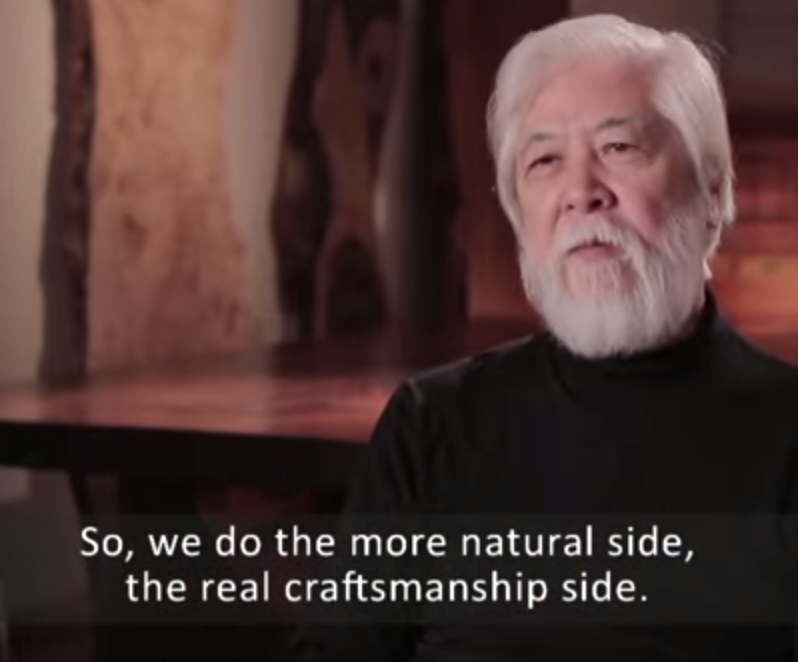
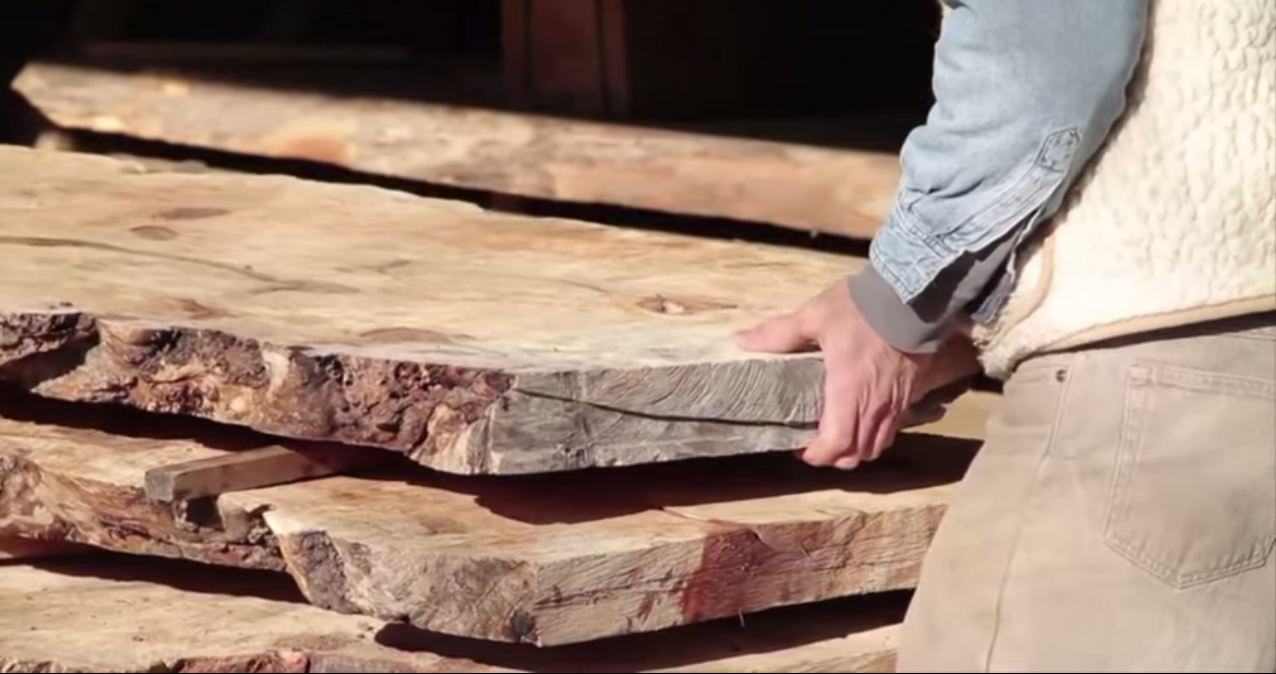
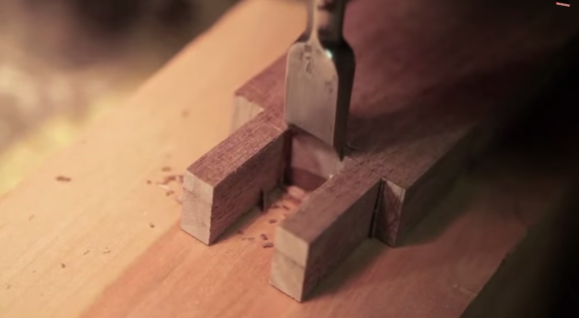
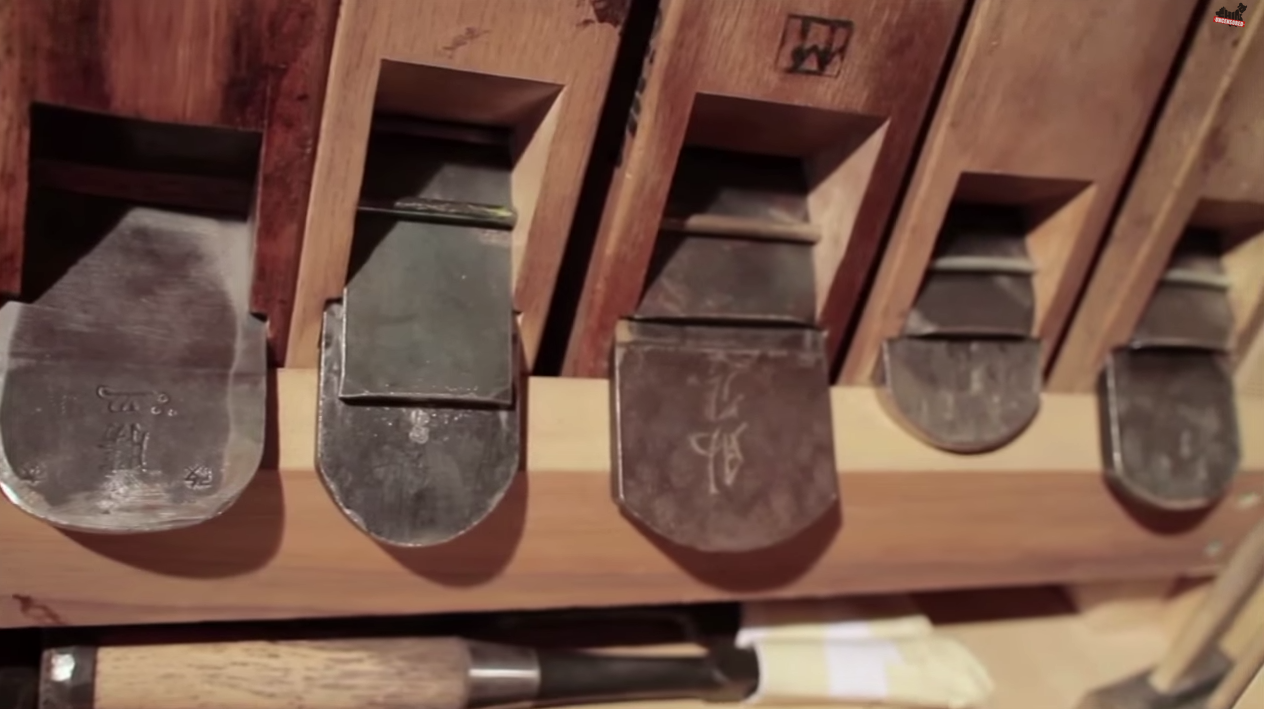
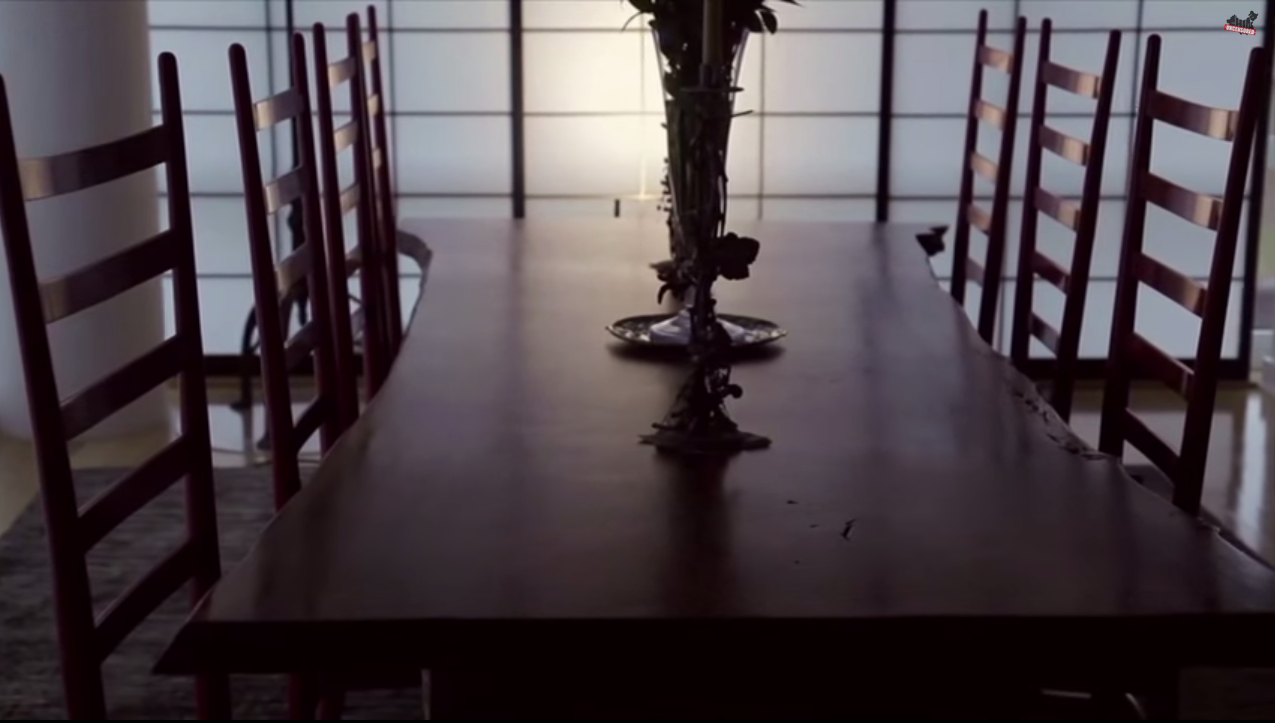
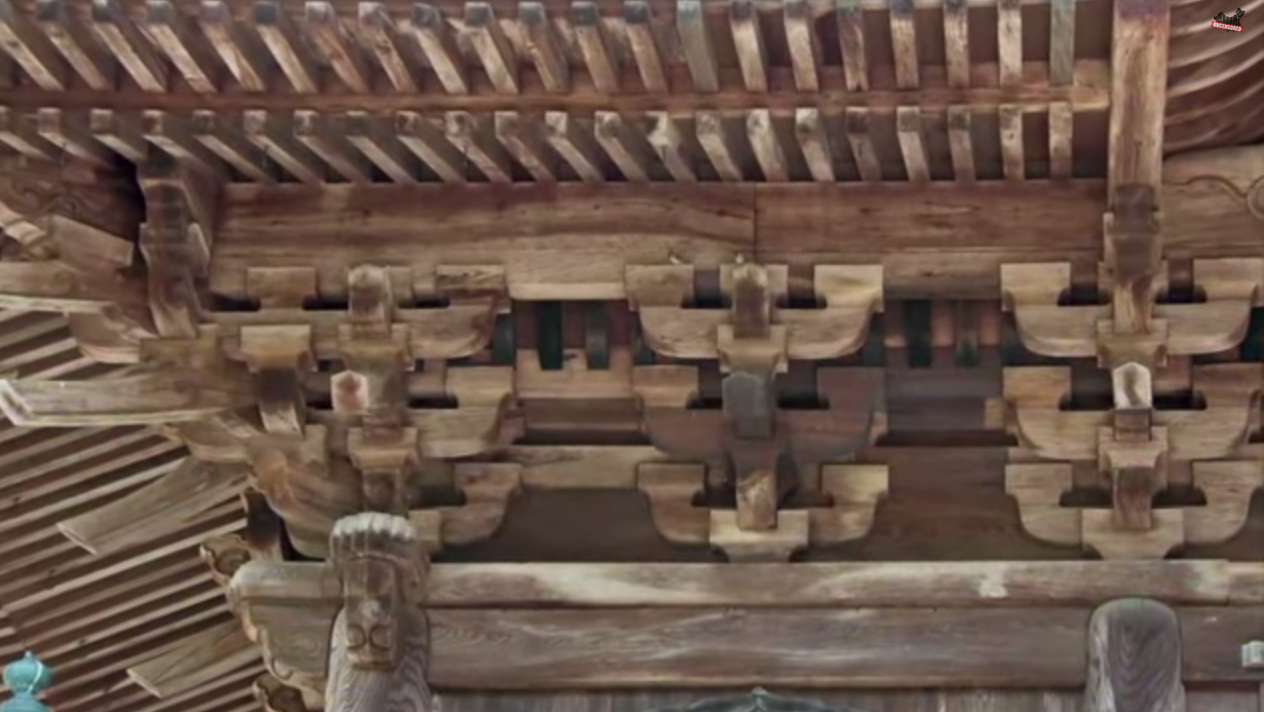
 Japanese carpenters demonstrate traditional wooden joints and it’s oddly satisfying 【Video】
Japanese carpenters demonstrate traditional wooden joints and it’s oddly satisfying 【Video】 Animated GIFs of traditional Japanese woodworking joints are mesmerising to watch
Animated GIFs of traditional Japanese woodworking joints are mesmerising to watch Japanese rokushigake temple architecture for your living room: The no-nail Masugumi table
Japanese rokushigake temple architecture for your living room: The no-nail Masugumi table Japanese temple and shrine craftsmen now building world’s coolest doghouses, the Inudono【Pics】
Japanese temple and shrine craftsmen now building world’s coolest doghouses, the Inudono【Pics】 Yosegi wood craft — amazing in its beautiful simplicity and precision!
Yosegi wood craft — amazing in its beautiful simplicity and precision! Japan’s new difficult-to-drink-from beer glass protects your liver, but it’s a brutal experience
Japan’s new difficult-to-drink-from beer glass protects your liver, but it’s a brutal experience Demon Slayer: Kimetsu no Yaiba gets new roller coaster attractions and food at Universal Studios Japan
Demon Slayer: Kimetsu no Yaiba gets new roller coaster attractions and food at Universal Studios Japan How to order snacks on a Shinkansen bullet train in Japan
How to order snacks on a Shinkansen bullet train in Japan Burger King Japan suddenly adds Dr. Pepper and Dr. Pepper floats to its menu nationwide
Burger King Japan suddenly adds Dr. Pepper and Dr. Pepper floats to its menu nationwide New Pokémon ice cream, dessert drinks, and cool merch coming to Baskin-Robbins Japan【Pics】
New Pokémon ice cream, dessert drinks, and cool merch coming to Baskin-Robbins Japan【Pics】 Caffeinated ramen for gamers that you can eat with one hand going on sale in Japan
Caffeinated ramen for gamers that you can eat with one hand going on sale in Japan New samurai glasses are Japan’s latest weird must-have souvenir
New samurai glasses are Japan’s latest weird must-have souvenir McDonald’s adds new watermelon frappe and fruity macaron to its menu in Japan
McDonald’s adds new watermelon frappe and fruity macaron to its menu in Japan Princesses, fruits, and blacksmiths: Study reveals the 30 most unusual family names in Japan
Princesses, fruits, and blacksmiths: Study reveals the 30 most unusual family names in Japan We check out the local flavors of the commonly confused Ome and Aomi areas of Tokyo in one day
We check out the local flavors of the commonly confused Ome and Aomi areas of Tokyo in one day Nintendo history you can feel – Super NES, N64, and GameCube controllers become capsule toys
Nintendo history you can feel – Super NES, N64, and GameCube controllers become capsule toys Hello, cosmetics! Clinique teams up with Hello Kitty this summer for first-time collaboration
Hello, cosmetics! Clinique teams up with Hello Kitty this summer for first-time collaboration “The most Delicious Cup Noodle in history” – Japan’s French Cup Noodle wins our heart【Taste test】
“The most Delicious Cup Noodle in history” – Japan’s French Cup Noodle wins our heart【Taste test】 Starbucks releases a cute Frappuccino and Unicorn Cake…but not in Japan
Starbucks releases a cute Frappuccino and Unicorn Cake…but not in Japan Kyoto Tower mascot termination reveals dark side behind cute Japanese characters
Kyoto Tower mascot termination reveals dark side behind cute Japanese characters McDonald’s Japan’s Soft Twist Tower: A phantom ice cream only sold at select branches
McDonald’s Japan’s Soft Twist Tower: A phantom ice cream only sold at select branches Yabai Ramen: What makes this Japanese ramen so dangerous?
Yabai Ramen: What makes this Japanese ramen so dangerous? Finally! Nintendo Japan expands Switch 8-bit controller sales to everybody, Online member or not
Finally! Nintendo Japan expands Switch 8-bit controller sales to everybody, Online member or not Japanese government wants to build luxury resorts in all national parks for foreign tourists
Japanese government wants to build luxury resorts in all national parks for foreign tourists To combat declining birth rate, Japan to begin offering “Breeding Visas” to foreigners
To combat declining birth rate, Japan to begin offering “Breeding Visas” to foreigners 10 things you should buy at 7-Eleven in Japan
10 things you should buy at 7-Eleven in Japan Studio Ghibli releases anime heroine cosplay dresses that are super comfy to wear
Studio Ghibli releases anime heroine cosplay dresses that are super comfy to wear Woman charged for driving suitcase without a license in Osaka
Woman charged for driving suitcase without a license in Osaka Studio Ghibli unveils My Neighbour Totoro miniature house model
Studio Ghibli unveils My Neighbour Totoro miniature house model Kyoto experiencing problems with foreign tourists not paying for bus fares, but not on purpose
Kyoto experiencing problems with foreign tourists not paying for bus fares, but not on purpose Fighting mild hunger with a Japanese soda that turns into jelly in the stomach【Taste test】
Fighting mild hunger with a Japanese soda that turns into jelly in the stomach【Taste test】 Studio Ghibli’s Howl’s Moving Castle tapestry unveiled in Japan for first time
Studio Ghibli’s Howl’s Moving Castle tapestry unveiled in Japan for first time McDonald’s new Happy Meals offer up cute and practical Sanrio lifestyle goods
McDonald’s new Happy Meals offer up cute and practical Sanrio lifestyle goods Sales of Japan’s most convenient train ticket/shopping payment cards suspended indefinitely
Sales of Japan’s most convenient train ticket/shopping payment cards suspended indefinitely Sold-out Studio Ghibli desktop humidifiers are back so Totoro can help you through the dry season
Sold-out Studio Ghibli desktop humidifiers are back so Totoro can help you through the dry season Japanese government to make first change to romanization spelling rules since the 1950s
Japanese government to make first change to romanization spelling rules since the 1950s Foreigner’s request for help in Tokyo makes us sad for the state of society
Foreigner’s request for help in Tokyo makes us sad for the state of society Ghibli founders Toshio Suzuki and Hayao Miyazaki contribute to Japanese whisky Totoro label design
Ghibli founders Toshio Suzuki and Hayao Miyazaki contribute to Japanese whisky Totoro label design Doraemon found buried at sea as scene from 1993 anime becomes real life【Photos】
Doraemon found buried at sea as scene from 1993 anime becomes real life【Photos】 Tokyo’s most famous Starbucks is closed
Tokyo’s most famous Starbucks is closed Chinese artisans use traditional foot-powered lathe to craft beautiful wooden bowls【Video】
Chinese artisans use traditional foot-powered lathe to craft beautiful wooden bowls【Video】 Stools made from real taiko drum parts sold by 160-year-old workshop and French designer
Stools made from real taiko drum parts sold by 160-year-old workshop and French designer We build a miniature Japanese oden stall with gorgeous results
We build a miniature Japanese oden stall with gorgeous results The ancient Japanese textile craft made with jagged fingernails
The ancient Japanese textile craft made with jagged fingernails Toyota’s wooden concept car serves as a time capsule for generations to come
Toyota’s wooden concept car serves as a time capsule for generations to come 300-year-old Tokyo comb company sells 30,000-yen wooden hair combs—Are they worth it?
300-year-old Tokyo comb company sells 30,000-yen wooden hair combs—Are they worth it? Looking to make your PlayStation 4 stylish and unique? This real wood case may be just the thing!
Looking to make your PlayStation 4 stylish and unique? This real wood case may be just the thing! Whisky worship: Kyoto craftsmen make prayer beads out of Japanese whisky barrels
Whisky worship: Kyoto craftsmen make prayer beads out of Japanese whisky barrels Japanese tatami scratching mats for “their lordships, the cats” being handmade in Kumamoto【Pics】
Japanese tatami scratching mats for “their lordships, the cats” being handmade in Kumamoto【Pics】 Nightingale floors: The samurai intruder alarm system Japan’s had for centuries
Nightingale floors: The samurai intruder alarm system Japan’s had for centuries Yukata summer kimono separates allow you to mix and match traditional outfits with everyday wear
Yukata summer kimono separates allow you to mix and match traditional outfits with everyday wear Jewelry forged with Japanese sword-making techniques are a cut above the rest
Jewelry forged with Japanese sword-making techniques are a cut above the rest Dress like an aristocrat from the Nara period at new costume rental shop in Nara【Photos】
Dress like an aristocrat from the Nara period at new costume rental shop in Nara【Photos】 Beautiful video of master Japanese doll craftsman is equal parts inspiring and relaxing
Beautiful video of master Japanese doll craftsman is equal parts inspiring and relaxing A vision of the future? We can’t take our eyes off Shimizu Corporation’s “Ocean Spiral” design
A vision of the future? We can’t take our eyes off Shimizu Corporation’s “Ocean Spiral” design
Leave a Reply